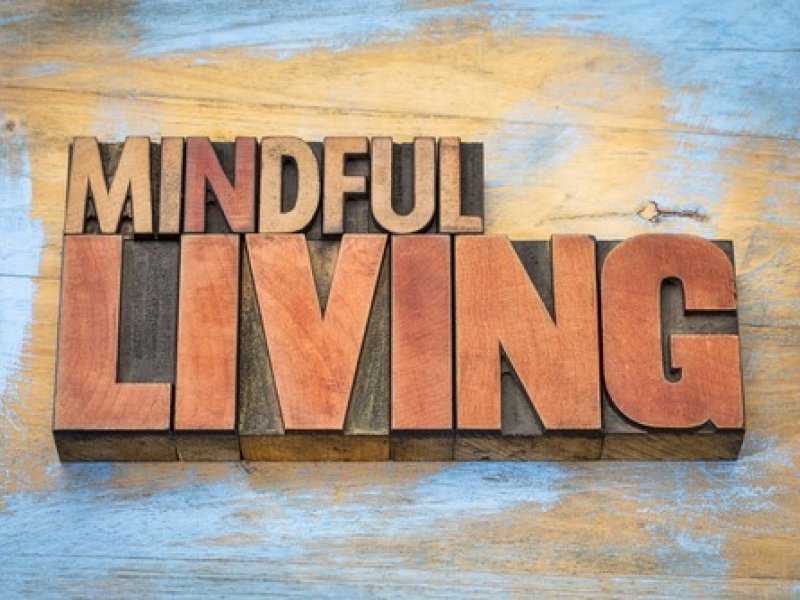“Tell me, what is it you plan to do with your one wild and precious life?” wrote Mary Oliver, the poet of hopes and empowering dreams. As she aimed to raise awareness to life’s busy flow. In fact, are we really aware of ourselves while walking on life’s path?
Nowadays, “mindfulness” sparks curiosity in everyone. Often described as grasping the moment, living in the moment; mindfulness actually is a series of applications.
I find that the best way to describe mindfulness is “to witness the moment and the actions unfolding and to focus on them”. It is easier said than done, since our minds are wanderers and our souls are drifters.
Daily mindfulness practice is a must in order to build those “awareness muscles” in the brain.

Mindfulness practices come from Asia reaching deep into Buddhism based on “deep thought” practices. Scientific studies on Buddhist monks led Positive Psychology focus on mindfulness for the past 30-40 years. According to research at Surrey University, regular mindfulness exercises are helpful in:
- decreasing stress by 40% and even overall elimination in some instances,
- decreasing the effects that cause depression by 57% and even overall elimination in some instances,
- decreasing anxiety by 52% and even overall elimination of it,
- decreasing the state of physical exhaustion by 25%.
- Furthermore, it’s stated and proven that regular mindfulness practices boost focus.
Mindfulness is the act of full capacity, moment-to-moment focus of awareness on a person, an object or a place. Eating a tomato, consciously feeling the colour, texture and taste, describing the aroma of it on your tongue, experiencing the senses of it at that given moment. Touching your beloved one, feeling the skin-to-skin contact, with its texture and its scent. Playing with your child, noticing how her fingers are holding the toy, noticing her voice, solely focusing on the play instead of the chore of washing the dishes are all practices of mindfulness.
Those who are experts in mindfulness, train their minds and their body for months and years.
We are connected to the physical world with our five senses and body. That is the reason why mindfulness practices focus on the awareness of the body and the stimulation of our five senses.
So, let’s begin practicing:
Find a comfortable spot. Sit on the floor with your spine upright, soles of your feet fully touching the ground. Feel free to close your eyes. Take a few deep breathes. You could keep your hands on your knees or lap. Now, turn your focus on the sensations on your soles, what do you feel? Next, focus on your spine and the breathing from your nose. What kind of pressure do you feel on your spine? How warm is the air you breathe in? While scanning your body, thoughts will visit your mind. Let them visit and re-focus on the bodily sensations. Focus on the sound of your breath and let it calm your mind.
For the first day, you could start doing this exercise for a few minutes to increase your awareness to your physical sensations. You could eventually increase the duration to 5-20 minutes and notice how your mind relaxes and your capacity to focus on the physical sensations increase. You could expect some ups and downs along the way, which is perfectly normal.
Remind yourself Rumi’s quote “Come, even if you have broken your vow a hundred times. Come, come again, come.”
It is natural for your focus to get distracted. Once your breath co-ordinates with your mind, you will notice more relaxation along the way.
By Talyaa Vardar, PCC

